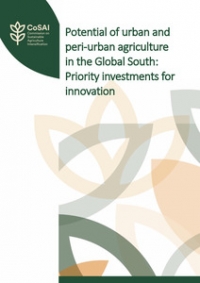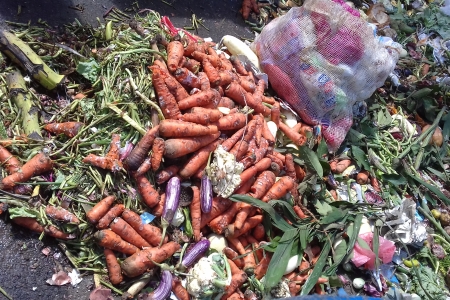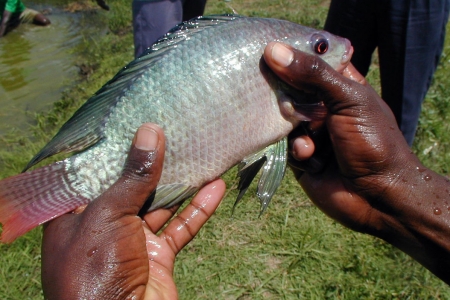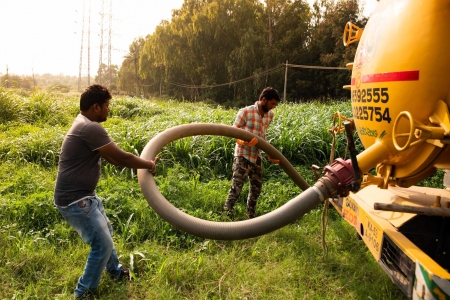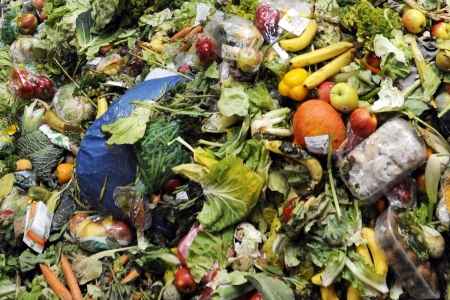Fecal contamination of urban and peri-urban water bodies is a major health issue in most low- and middle-income countries, where population growth exceeds the rate of development of wastewater or fecal sludge collection and treatment infrastructure. While the expansion of sewer systems and treatment capacity remain a high priority for municipal authorities, there are opportunities for applying low-cost, small-scale on-farm options for safe recovery of wastewater and fecal sludge for reuse in forestry, horticulture, fodder and food production. These options can complement other risk reduction measures on farm, in markets and food kitchens as previously shown by IWMI.
On-farm treatment options are based on the same processes as those used in conventional wastewater treatment, such as sedimentation, flocculation, filtration and natural die-off. The Resource Recovery and Reuse Report Number 1 presents an overview of some low-cost wastewater treatment technologies for pathogen removal, which can be adapted for use in urban and peri-urban areas in low-income countries where the wastewater is of domestic origin. Interventions which can build on farmers’ current practices, such as on-farm storage ponds or river bank filtration, will probably have the highest potential of acceptance.
Researchers from IWMI have identified three types of options have been highlighted. Information is provided on pathogen removal, use of systems in West African context and their recommendations for use:
1. On-farm treatment systems
Wastewater treatment ponds are one of the best-known treatment systems which are especially suitable for low-income countries due to their low costs, low energy and maintenance needs, and high performance based on ‘natural’ processes. Ponds improve water quality by allowing settlement of particles and pathogens (sedimentation process), and also exposing pathogens to the environment. Settlement times of particles and pathogens differ depending on their sizes and densities. Ponds can be combined to remove pathogens in one, while fetching water in the other.
2. Filtration Systems
Filtering polluted water is also a low-cost option taking advantage of natural processes for pathogen elimination. Compared to pond systems it has the additional advantage of working even at the smallest scale, such as for household water filtration. A number of options are explored here including retention by straining, organic filters, slow sand filters, river bank filtration and trench filter beds and constructed wetlands.
3. Farm-based Fecal sludge treatment
The application of excreta-based fertilizers has attracted much attention as a concept of ecological sanitation and due to increasing fertilizer prices. Besides its nutrient content, fecal sludge is also rich in organic matter, which can contribute positively to soil structure and water-holding capacity. Hence, fecal sludge represents an important resource for enhancing soil productivity, in general. Options here highlight the use of raw fecal sludge collected by vacuum trucks from on-site sanitation systems which is regionally in high demand by farmers growing maize and sorghum on poor savannah soils. While sanitizing fecal sludge through composting is the preferred option, also the application of raw fecal sludge is possible if certain precautions are taken.
These options were documented by IWMI researchers and arose out of various research projects in support of the GlobE - UrbanFood Plus project, an African-German partnership to enhance resource use efficiency and improve food security in urban and peri-urban agriculture of West African cities.
For more information and resources go to the UN Water Safe Use of Wastewater in Agriculture Site
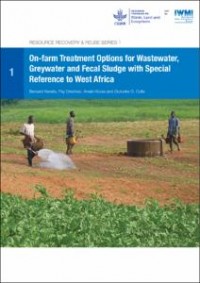


/index.jpg?itok=f-F6Btd-)
